Is Your Fake Tan Worth It? Health Risks of Tanning Beds and Self-Tanners
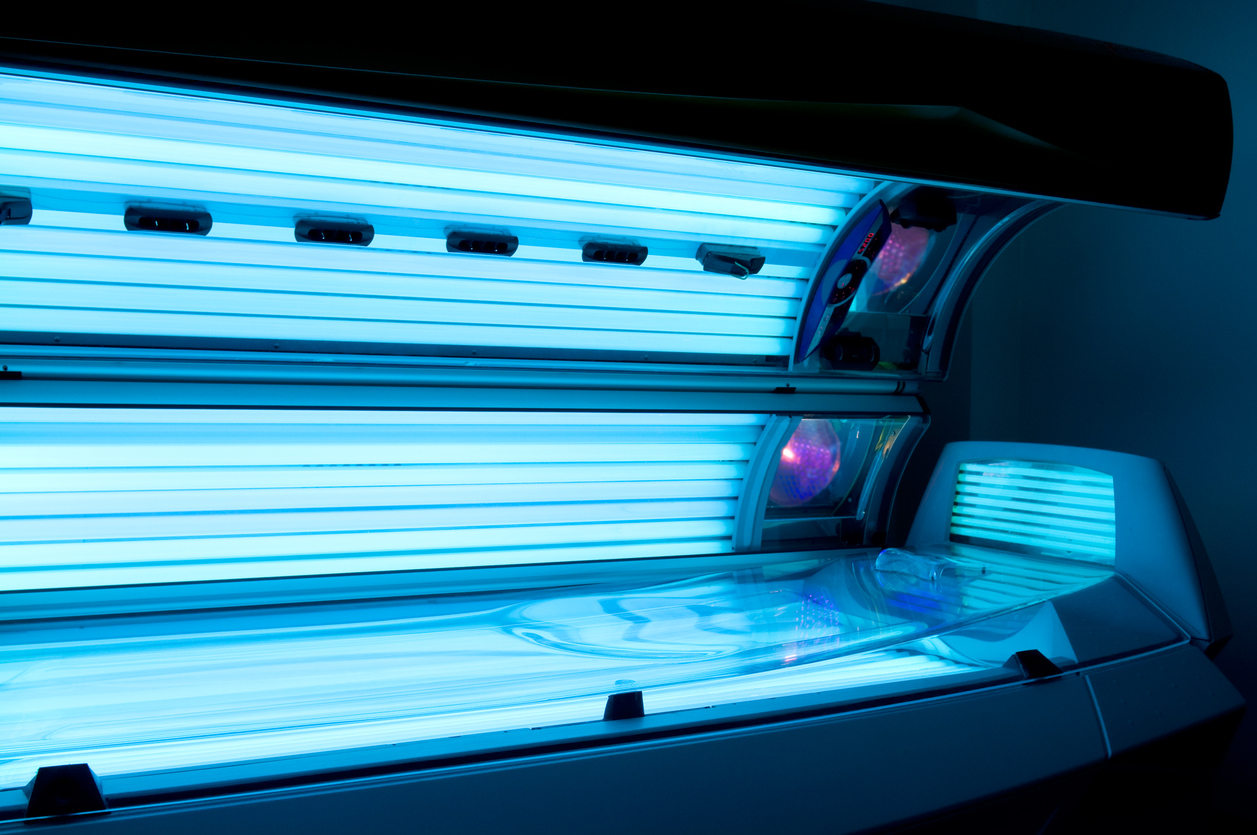
It’s amazing to see the changes that appearance have taken over the last five years or so. At long last, healthy really is becoming the new skinny. An offshoot of that is the desire to have that healthy-looking sun-kissed glow. And we know what that means: fake tans. There are so many fake tanning options to choose from including the tanning bed, spray tans (and companies that will even come to your house!?) and cosmetic self-tanners. Guess what? None are safe. So the next question: is your fake tan really worth it?
I have to admit I speak from an embarrassing amount of experience when I discuss fake tans which stems from a five-year period in my life in my early 20’s. I am no stranger to the electric beach. I didn’t and still don’t wear much make-up, and so tanning beds seemed like an easy – not to mention relaxing – way to get a little sun-kissed glow in the dead of winter.
I also tried self-tanners. It was the summer of 2003 when I was training for a 500km bike trip and ended up with a bike short/sock/shirt tan and wanted to even it out before my university graduation. I didn’t realize that self tanners got darker over time. I kept spraying and by the next day, my shoulders and feet looked like they’d been replaced by Oompa Loompa parts.
After getting a full-on burn from the new and more powerful stand-up tanning booth days before my brother’s wedding, well that was basically when my fake tan days ended.
Since then, numerous new products have flooded the market and along with that, an increase in the alarmist attitude towards the real sun. We’ve been led to believe that an SPF sunscreen with chemical “self-tanning” agents are better for us than the actual life-giving rays of the sun in the sky.
For the purposes of highlighting the risks of fake tans, I’ve outlined key concerns with the three most common tanning agents and provided you with tips on how to get a natural glow that will be health-supportive.
Health Risks of Tanning Beds
Electric tanning devices first came into popularity in the 1920’s, but tanning salons really took off in the 80’s (hey there Jane Fonda and Bo Derek!). At last count (or at least the last count I could find), in 2009 there were 18,000 tanning salons in the United States. I’m astounded by the number you’ll find in Southern California where it’s basically always sunny.
How Tanning Beds Works
Tanning beds use UV radiation, much like the sun, to tan the skin. What makes these more dangerous than the sun is that the amount of UV radiation is in a significantly higher concentration than you would naturally get from sunshine alone in nature. Moderate UV exposure from the sun increases the pigment in your skin cells and forms a natural protective barrier to the harmful rays that helps protect us from burning. With tanning spas, there are higher levels of UVA rays. These are the rays that penetrate deeper and can cause greater damage.
Health Risks of Tanning Beds
- The penetrating UVA rays can affect nerves and blood vessels, and increase risk of malignant melanoma.
- Risk of cancer increases the younger someone is, if they use tanning beds regularly.
- Tanning beds are an easily avoidable risk-factor for skin cancer.
- Tanning beds primarily emit UVA rays which does not promote production of Vitamin D as often cited as a benefit for tanning beds.
When Are TANNING BEDS Recommended?
As with most things when it comes to health, there may be a time and place when a tanning bed is an appropriate intervention.
Skin Conditions
Some studies have shown phytotherapy (sun therapy) as a benefit for those suffering from specific dermatological conditions including:
- Stopic dermatitis
- Mycosis fungoides
- Acne
- Scleroderma
- Vitiligo
- Pruritus
As with any intervention, you want to weigh the pros and cons and other options. Phytotherapy will not cure any of the above conditions, many of which are autoimmune, if the associated root causes (diet and lifestyle) are not addressed. When it comes down to it, though phytotherapy may offer some relief, it is not a long-term solution.
Mood
It feels good to lay out in the sun- that’s why many of us love doing it. Similar feelings of elation, or relief from anxiety and depression, can be garnered from tanning beds, which is part of why they can become so addictive. Again, we’d want to weigh the risk and reward. Is it safer and healthier to pop into a tanning bed once a week if it saves someone from starting on psychotropic medication? I’m apt to say yes. If that’s the case, however, it would be advised to take precautions to work to protect the skin with optimal nutrition. By making a concerted effort to improve the diet to reduce risk to the skin, the symptoms that indicated a need for a tanning bed in the first place may also be reduced.
As well, before a regular tanning ritual commences, ensuring Vitamin D levels are in the optimal range would also be advised. Given that Vitamin D deficiency is associated with anxiety, depression and an increased risk of cancer, once again the primary concern indicating a tanning bed may be resolved.
Health Risks of Spray Tans + Self-Tanners
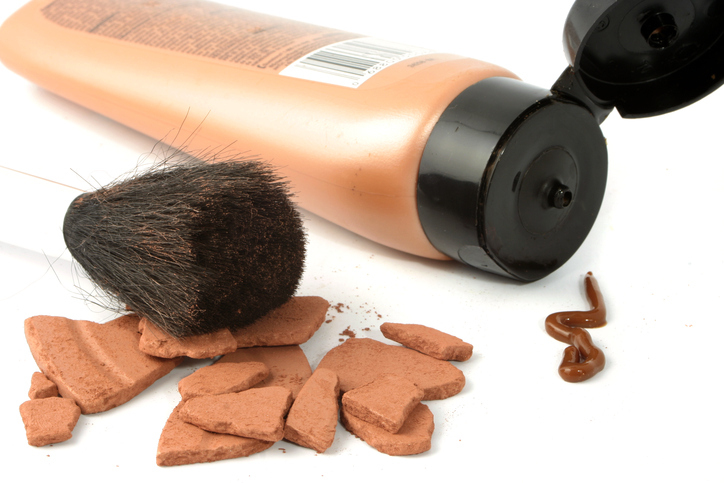
A spray tan is just what it sounds like. It typically comes in a liquid form and the tanner dons a shower cap and goggles to get sprayed down. There are booths in salons and spas, or if you live in a large city, companies that will come to your house with their little spray tan tent to take care of you.
Ingredients In Spray Tanners + Self-tanners
The active ingredient in almost all modern sunless tanning products is Dihydroxyacetone (DHA). A colourless sugar, DHA interacts with the proteins and amino acids in the outer layer of your skin to produce a golden brown colour. Other ingredients in tanning products may include parabens, fragrance and topical antioxidants.
Some of the health risks of DHA found spray tans and self-tanners include:
- rashes
- coughing
- dizziness
- fainting
- increased risk of pulmonary diseases like asthma and COPD, from inhaling spray tanners
- contact dermatitis
- rosacea
- DNA damage and cell death to healthy, living cells
- interference with Vitamin D production
- an increased risk of sunburn and damage from natural sunlight
Parabens: Found in many creams and other personal care products, parabens in tanning products can cause skin and allergic reactions, but they are most worrying for their impact on our endocrine system. Researchers have found that parabens collect in breast tissue and can stimulate the growth of breast cancer cells. And it isn’t just the ladies that need to be concerned – parabens can impact male reproduction too. Parabens can potentially damage our DNA.
Fragrance: An ingredient that can have its own list of up 5,000 ingredients, fragrance can trigger allergic reactions, respiratory issues like asthma, headaches and hormonal disruptions. You can read an extensive report on the health risks of fragrance, including assessments of popular products, right here. The Canadian version is here. You can read more about the top ingredients to avoid in personal care products here as well.
A Healthy Glow
Instead of pursuing a fake tan, I recommend building a healthy relationship with the sun. The sun is not a carcinogen; The sun is the source for life on the planet. We need sunshine to survive and yet somehow, we have made it the villain and declared ourselves helpless victims.
The sun is our primary source of Vitamin D, an important vitamin that strengthens our bone health, helps balance our hormones, boosts our immune system, and nourishes brain function. But when we apply sunscreen, we block the sun’s rays and subsequently, the production of Vitamin D in our bodies.
Here are some ways you can glean the healthful benefits of sunshine:
Get your sunshine during off-peak hours.
All you need is about 10-15 minutes per day to get your daily dose of Vitamin D from the sunshine. However, in the throes of summer you don’t want to be basking in the sun during peak times, which are typically between 10am and 4pm. Get out in the sun early in the morning, or later in the afternoon to soak up the goodness.
Don’t wash Vitamin D off.
Vitamin D is formed on the surface of your skin when it’s exposed to UVB rays from the sun, but it doesn’t sink in right away. It can take up to 48 hours to absorb the majority of it – but after a hot day most of us are in the shower scrubbing off the sunscreen and sweat, sending all the Vitamin D we’ve gathered down the drain.
Instead, when showering, rinse your body with water and limit your soap use to washing your pits and your bits.
Eat natural ‘sunscreen’ foods.
UV radiation increases free radicals in our bodies, but we can combat free radical damage by eating antioxidants. Boost your consumption of antioxidant-rich foods like berries, dark leafy greens, tomatoes, walnuts, hemp seeds, black beans, bell peppers, carrots, green tea, raw cacao, garlic and salmon. You can read more about the best foods for sun protection here.
Aside from sun-protective foods, it’s equally important to consume foods that will support skin health. Healthy fats are definitely one to include to keep your skin nourished and moisturized; they include coconut oil, nuts, seeds, avocados, anti-inflammatory omega 3 fats like salmon, flax and chia and more good fats you can discover here. Staying hydrated is also key by drinking water, green juice or herbal teas.
Use Non-Toxic Cosmetics
This is likely the simplest to employ, and may be the only option in Northern climates from November through to April. It is absolutely possible to find beauty care products that leave out the toxic heavy metals, fragrance, and artificial colouring agents. Check out your local health food store, or have a look inside my make-up bag. A little chemical-free bronzer may be all you need for that extra bump in colour in the dead of winter.
More Ways to Get Glowing Skin
- Dry skin brushing. Skin brushing sheds dead skin cells, improves circulation and stimulates the lymphatic system. Learn the basics of skin brushing – it’s super easy and inexpensive.
- Pooping. Yes. Our digestive tract is one of the primary channels of elimination. But when we don’t have regular bowel movements, our bodies try to find another exit for those toxins. Since our skin is also a major elimination pathway, constipation can also affect our skin’s appearance. Discover 7 ways you can reduce constipation, and why you should avoid dangerous laxatives or those ‘doctor-recommended’ fibre supplements.
- Eliminate common allergens. Foods that contain dairy and gluten can be linked to skin reactions like rashes, dermatitis and acne; and at a deeper level they can trigger the immune system and inflammation – both of which can affect the way our skin looks. Other allergens that may play a role are soy, eggs, or peanuts, but each person’s triggers can be different. So take some time to figure out which ones may be yours.
- Reduce your overall toxic load. Between beauty care products, chemicals in household items like home cleaners, bedding and the shower, plastic use, pesticides in our food system, GMOs, environmental toxins and more, our bodies have a lot to deal with. True beauty and health stems from the inside out, so where you can, try to eliminate the things that will only place an extra burden on our overall health and skin.
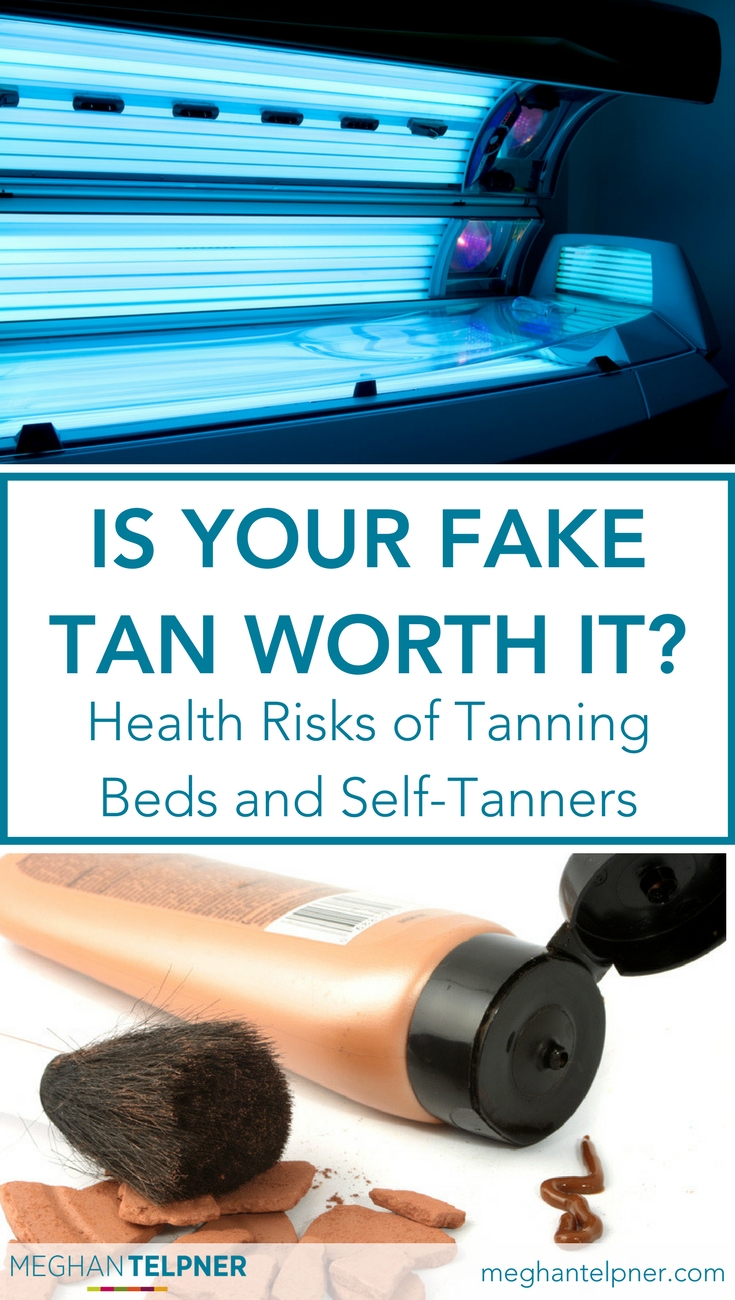
Free Resource Library
Enjoy more than 40 downloadable guides, recipes, and resources.















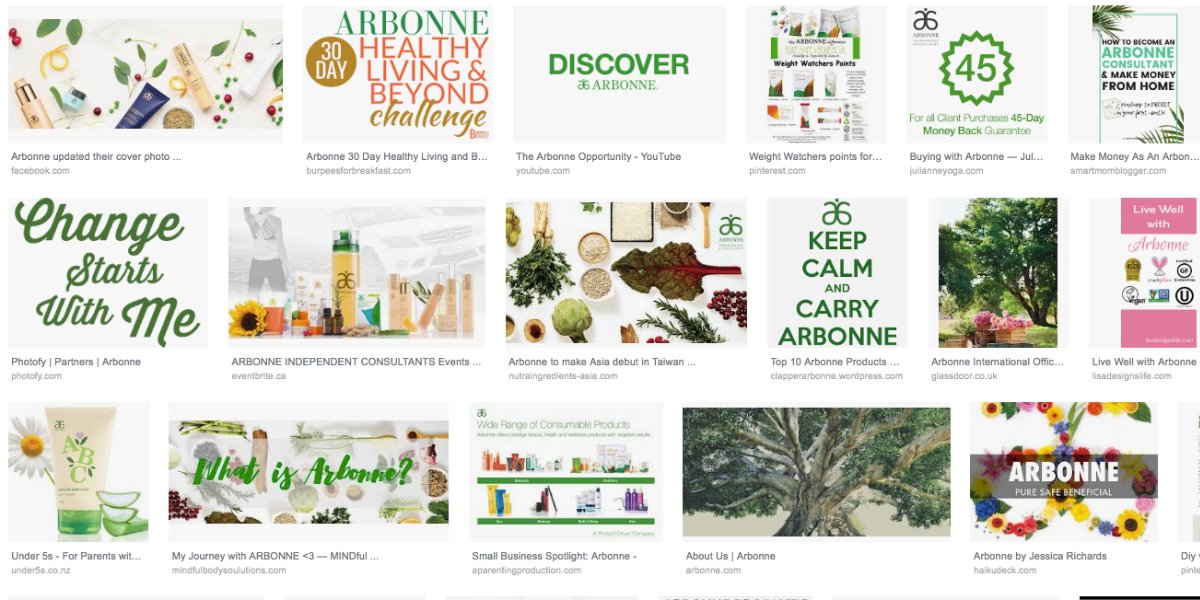



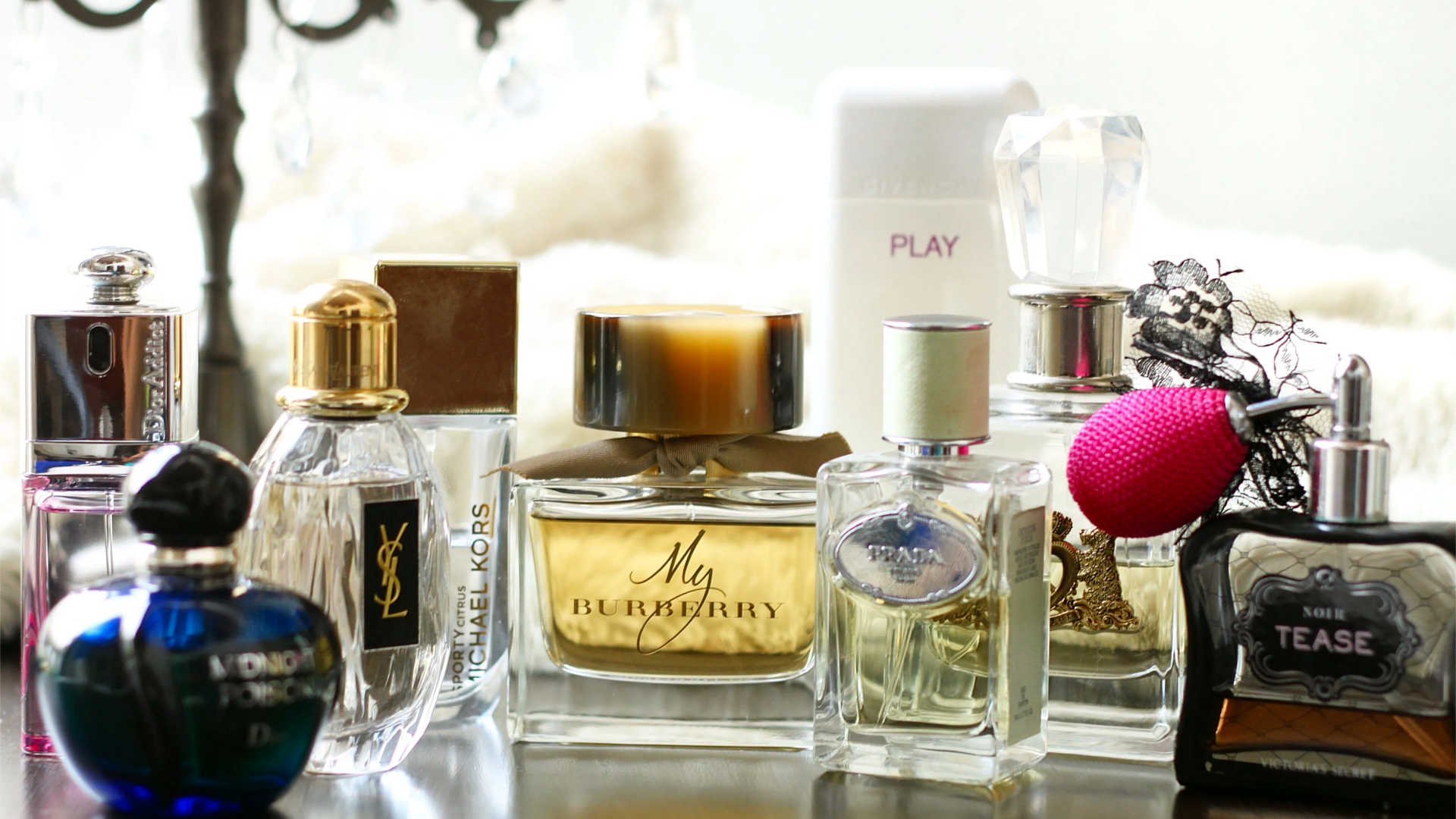


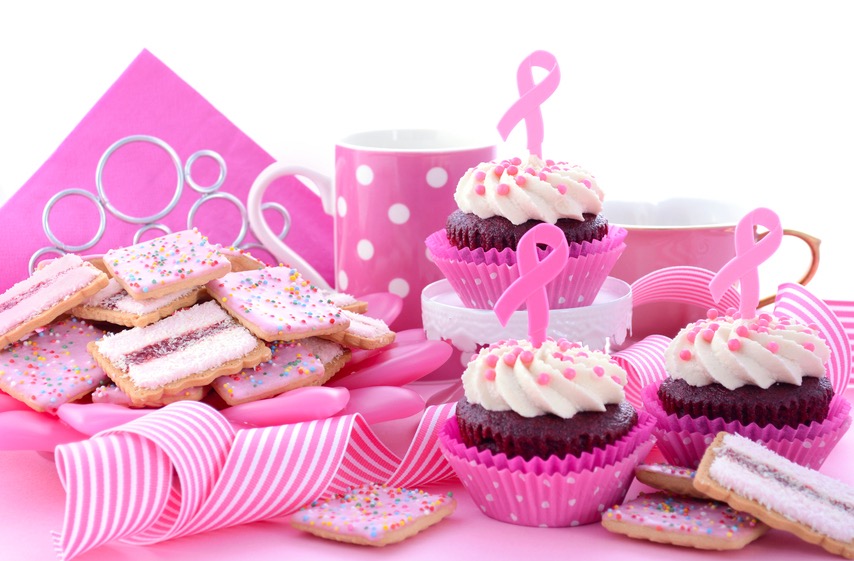

I love this!! I absolutely need the sun and my vitamin D. I’ve recently enjoyed self tanners by tan luxe for a boost of color but it could never replace the amazing benefits of regular moderate sunshine